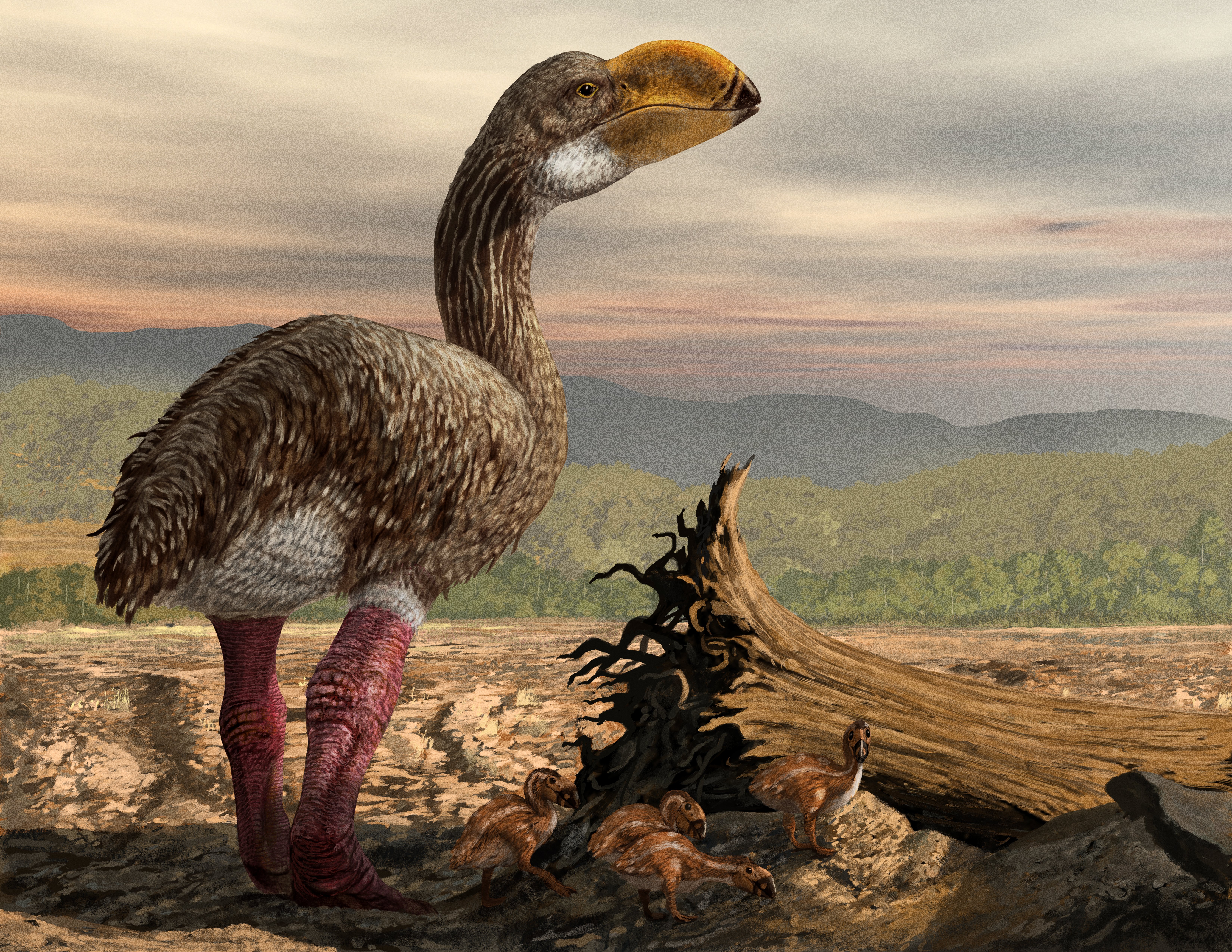Thunder bird, also called the mihirung, is a group of extinct flightless birds that lived in what is now Australia. There were several species (kinds). The largest thunder birds reached nearly 10 feet (3 meters) tall and weighed more than 1,000 pounds (450 kilograms). The first thunder birds may have appeared as early as about 50 million years ago. The last thunder birds died out about 50,000 to 30,000 years ago.

Thunder birds somewhat resembled large emus, but their skulls were much larger and tougher. In fact, thunder birds were not closely related to emus. Instead, they were closely related to modern ducks, geese, and swans. For this reason, they are sometimes called demon ducks. Thunder birds had long necks. They had short wings but powerful legs. The birds had heavy, strong bills.
Thunder birds used their bills to feed on fruits, seeds, and other plant matter. Some scientists think that the largest thunder birds also may have fed partly on meat. Among other arguments, they claim that the bills of these birds were unnecessarily large for eating plants. But many scientists think all thunder birds ate plants. They note that thunder birds lacked many features associated with eating meat, such as hooked claws and a hooked bill. They also argue that large thunder birds were too numerous for them to be meat-eaters, as such animals are rarer than plant-eaters.
All but one species of thunder bird had died out by the time human beings reached Australia, probably more than 65,000 years ago. A combination of climate change and other factors probably caused their extinction. However, Indigenous (native) people lived at the same time as one species of thunder bird. Some scientists argue that hunting or fires set by people may have helped to cause the extinction of the last thunder birds. Climate change also likely played a role.
